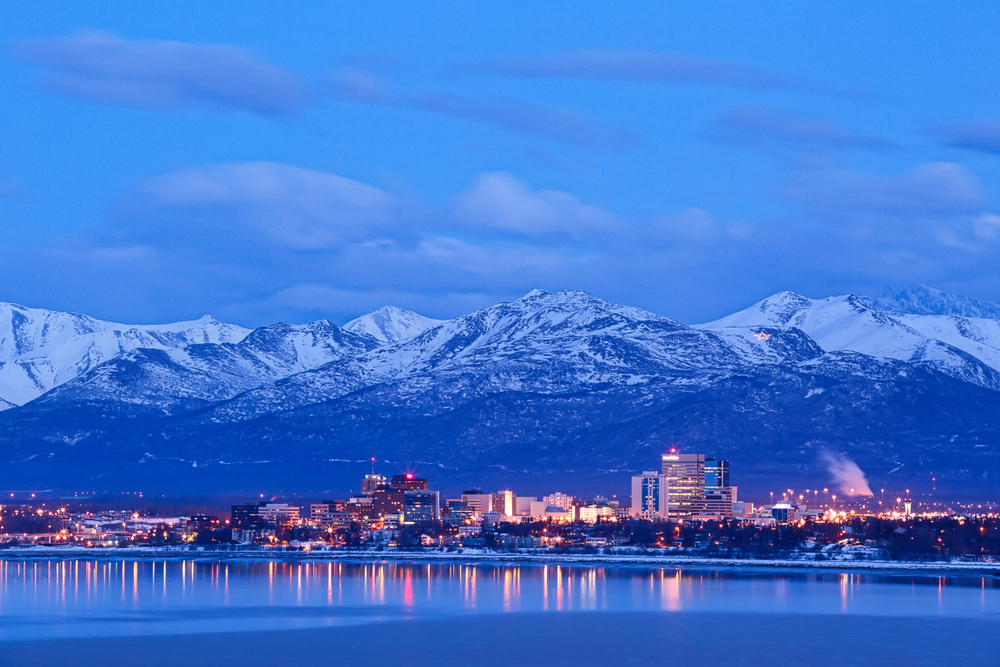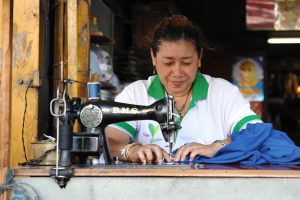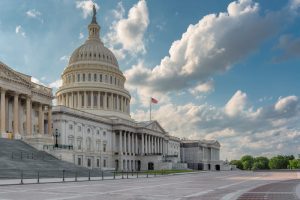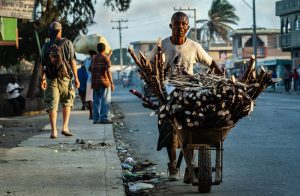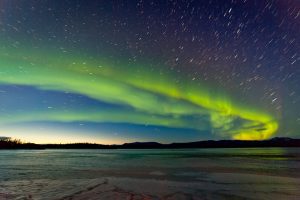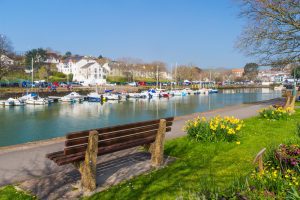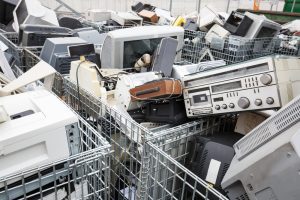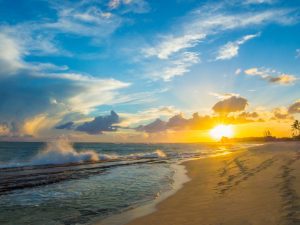Alaska is the biggest U.S. state, covering 665,400 square miles in the northwest corner of the continent west of Canada.
Despite its substantial size, Alaska has the sparsest population in all of America, with a total population of 736,000 people.
The richest city in Alaska is Denali, where the per capita income is $42,245 and the median household income is $72,500.
Skagway, Juneau, Anchorage, and Bristol Bay are other rich cities in the Last Frontier State.
Check out the rest of this article for more information on the richest city in Alaska.
Table of Contents
How rich is Denali, Alaska?

Denali comes in first on the list of richest cities in Alaska. Here are the key facts and figures to know about Denali:
- Population: 1,826
- Households: 806
- Per capita income: $42,245
- Median household income: $72,500
- Median family income: $81,500
The Denali Borough is predominantly white and the 63rd highest income county nationwide.
Nomadic native Alaskans were the first to live in the area, although more settlers arrived following the Alaska Railroad construction in the 1920s.
The rise of Denali’s wealth is attributed to tourism at Denali National Park and Preserve, plus industrial opportunities at the Clear Space Force Station and Usibelli Coal Mine.
What are Alaska’s wealthiest cities?
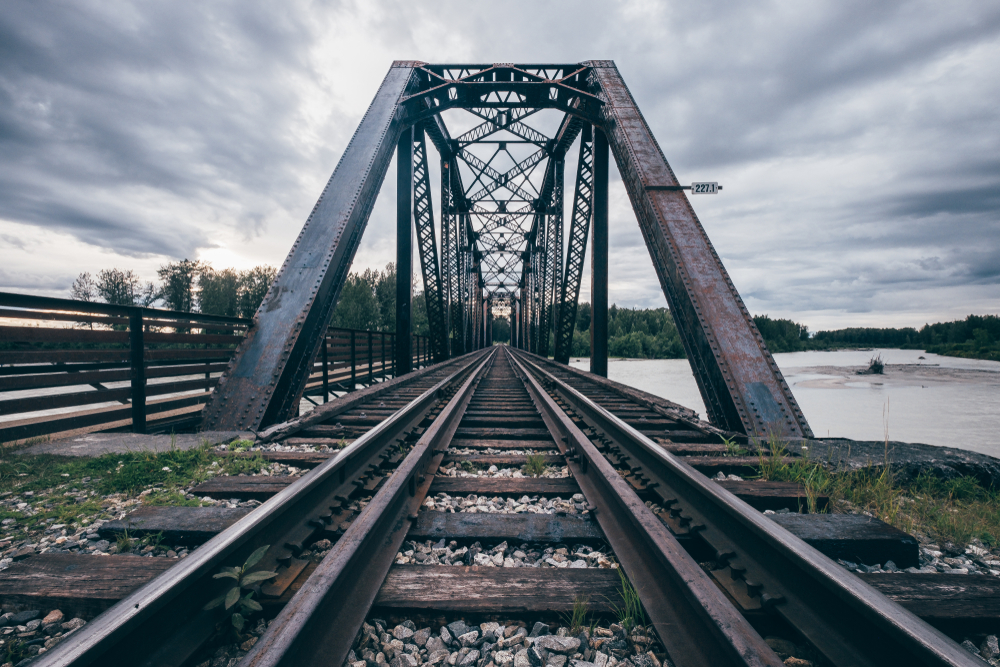
Alaska ranks 12th in the U.S. for median household income, sitting at $75,463 for the state.
These are Alaska’s wealthiest cities and their per capita income:
- Denali ($42,245)
- Skagway ($35,536)
- Juneau ($34,923)
- Anchorage ($34,678)
- Bristol Bay ($31,260)
- Petersburg ($30,971)
- Valdez-Cordova ($30,703)
- Fairbanks North Star ($30,395)
- Sitka ($29,982)
- Aleutians West ($29,920)
The petroleum and gas industries are big factors in Alaska’s overall wealth, and tundra tourism also makes a difference.
The GDP hovers around $50 billion each year with a labor force of 372,900 people and a 5.9% unemployment rate.
Federal subsidies help keep state taxes low, strengthening the overall economic outlook.
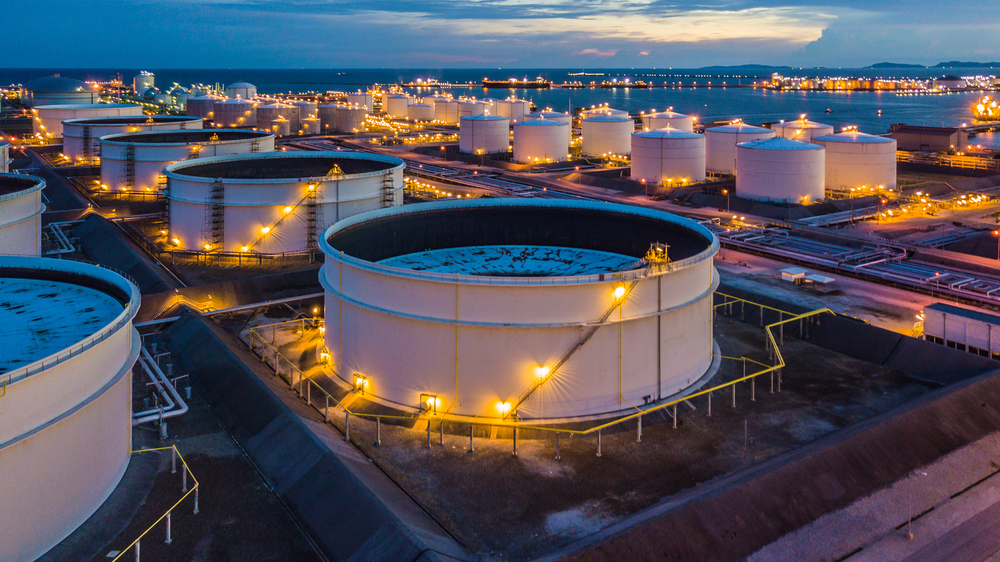
What Alaskan cities have the highest median household income?
While Denali is the richest city in Alaska overall, several other locations have a slightly higher median household income.
This is how Alaska’s wealthiest cities rank according to median household income:
- Bristol Bay ($84,000)
- Juneau ($75,517)
- Skagway ($73,500)
- Anchorage ($73,004)
- Aleutians West ($72,917)
- Denali ($72,500)
- North Slope ($68,517)
- Matanuska-Susitna ($67,703)
- Fairbanks North Star ($66,598)
- Yakutat ($65,750)
Property values and the cost of living are higher in these more expensive cities, but they are also considered safer and more family-friendly than impoverished parts of the state and country.
What are Alaska’s poorest cities?
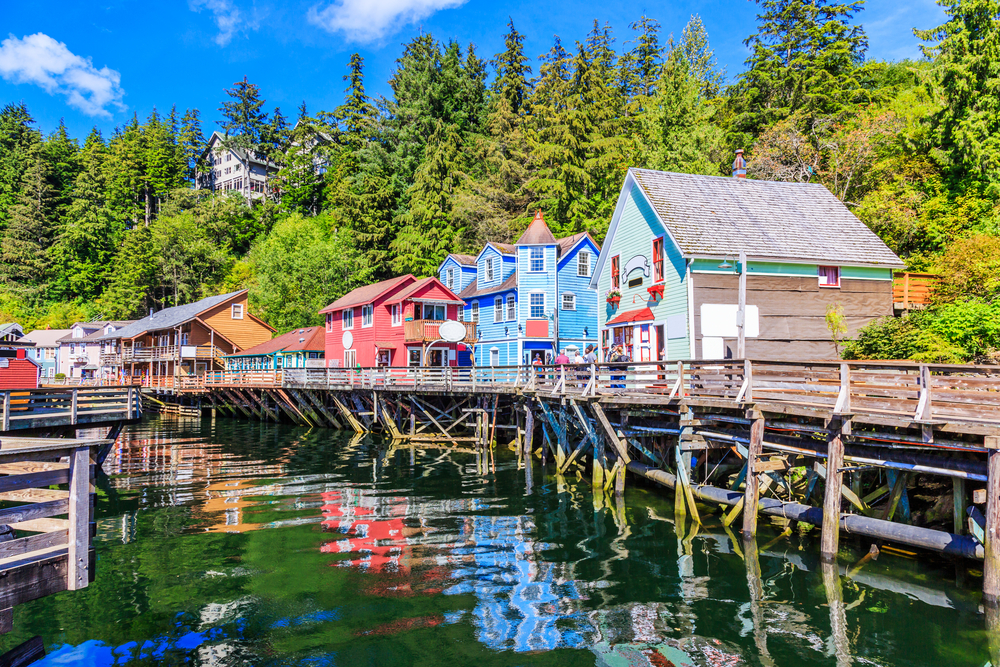
While Alaska has a lot of wealthy areas, there are poor cities, too.
Poverty impacts about 10.3% of the Alaska population, with unemployment and crime unfortunate consequences of cities and regions without as many resources or opportunities.
Here’s the list of Alaska’s poorest cities:
- Houston (unemployment – 19%, poverty – 15%)
- Ketchikan (unemployment – 10%, poverty – 15%)
- Anchor Point (unemployment – 10%, poverty – 12.3%)
- Meadow Lakes (unemployment – 13%, poverty – 11%)
- Kenai (unemployment – 10.5%, poverty – 12%)
- Barrow (unemployment – 17%, poverty – 12%)
- Kotzebue (unemployment – 16%, poverty – 14%)
- Ester (unemployment – 6.6%, poverty – 16%)
- Dillingham (unemployment – 10%, poverty – 13%)
- Wasilla (unemployment – 10.5%, poverty – 10%)
In terms of median household income, only one Alaskan town cracks the top 100 poorest U.S. cities.
That would be #90, Shageluk city, which has just 63 people and a median household income of $12,813.
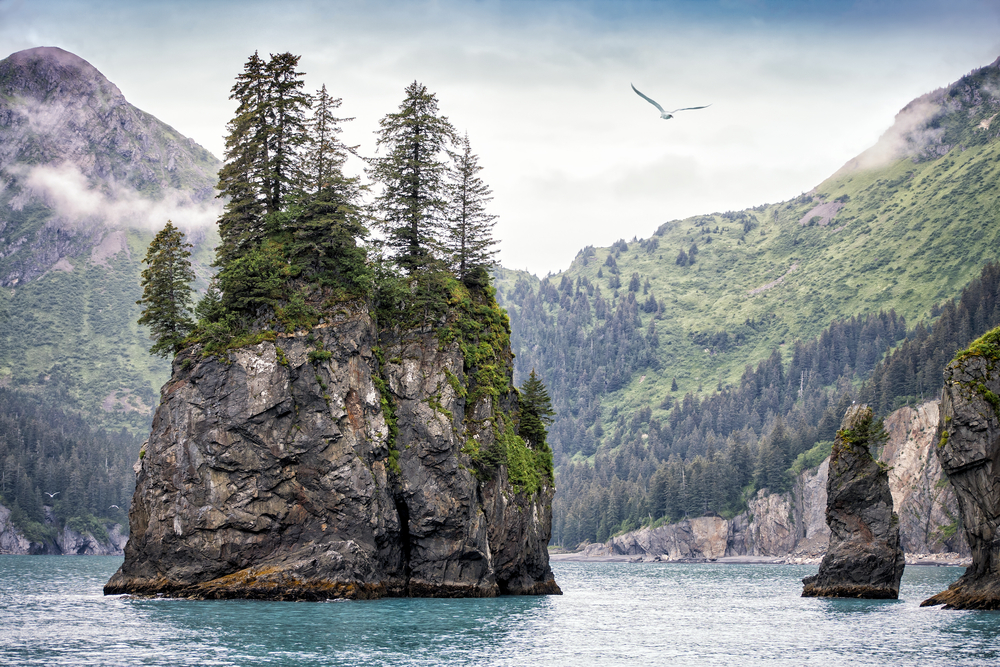
Does Alaska have a lot of poverty?
Alaska has its fair share of poverty, with approximately 10.3% of Alaskans living below the poverty line and struggling to meet their basic needs.
This puts Alaska at #41 out of all 50 states as just nine have a poverty rate under 10%.
Compared to the national poverty rate of 13.5%, Alaska has less poverty, but it remains an ongoing concern for the sparsely populated state.
The poverty rate has fluctuated between 9% and 12% since the turn of the century.
Some of the reasons why 1 in 10 Alaskans experience poverty include housing costs, rising living expenses, and the burden of the recession and pandemic over the last two decades.
Also, Alaska’s harsh winters and regular snow storms make certain industries and events unrealistic, so there is a lot of seasonal work.
While this is good in theory, seasonal employment means many people are without regular full-time income, contributing to the consistent poverty levels.
How is Alaska’s job market doing?
Both the richest and poorest cities in Alaska are directly influenced by the job market and the number of available opportunities in each area.
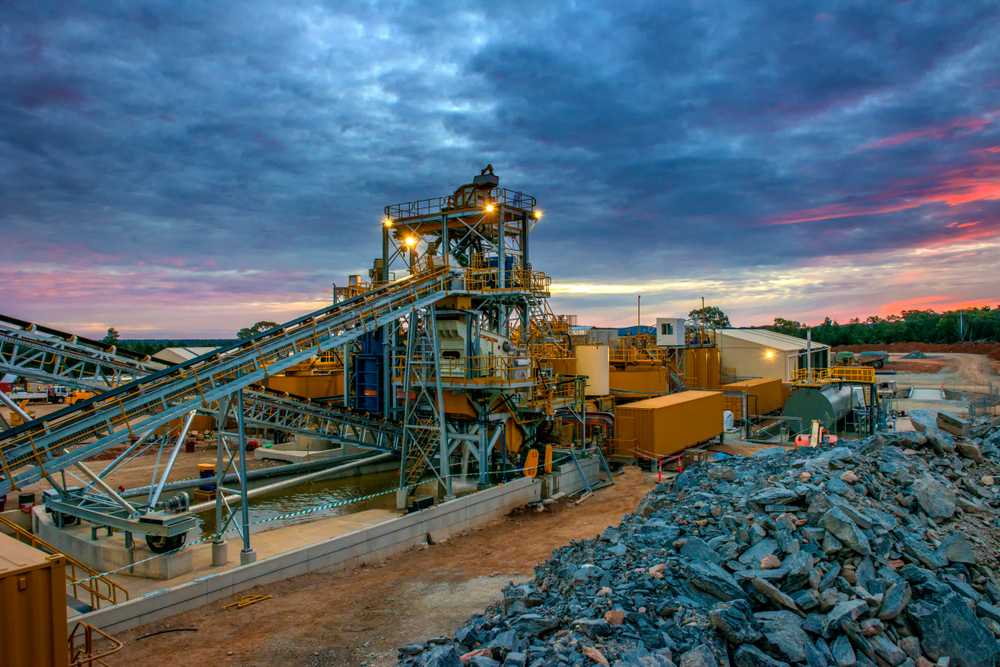
One thing about Alaska is that it has a high churn labor market, meaning workers are coming and going more often than in other states.
This makes sense given the outdoor recreation, fishing, construction, and mining industries, which many workers may stay in for just a few months or years before moving on.
Here are some key statistics to keep in mind pertaining to Alaska’s job market:
- Labor Force: 372,900
- GDP: $49,120,000,000 (48th in the U.S.)
- GDP Per Capita: $44,174 (4th in the U.S.)
Oil and gas, construction, healthcare, tourism, leisure, hospitality, government, fishing, and logistics are the top industries for employment across Alaska.
From the richest cities like Denali and Skagway to the cheaper areas like Ketchikan and Anchor Point, Alaska’s natural resources and thriving oil and gas industry keep the economy going.
Is housing in Alaska expensive?
If you want to see the northern lights or live in the mountains, Alaska is a popular choice, although it doesn’t come without cost.
The good news is housing in Alaska is generally a bit cheaper than in some larger metropolitan areas on the mainland.
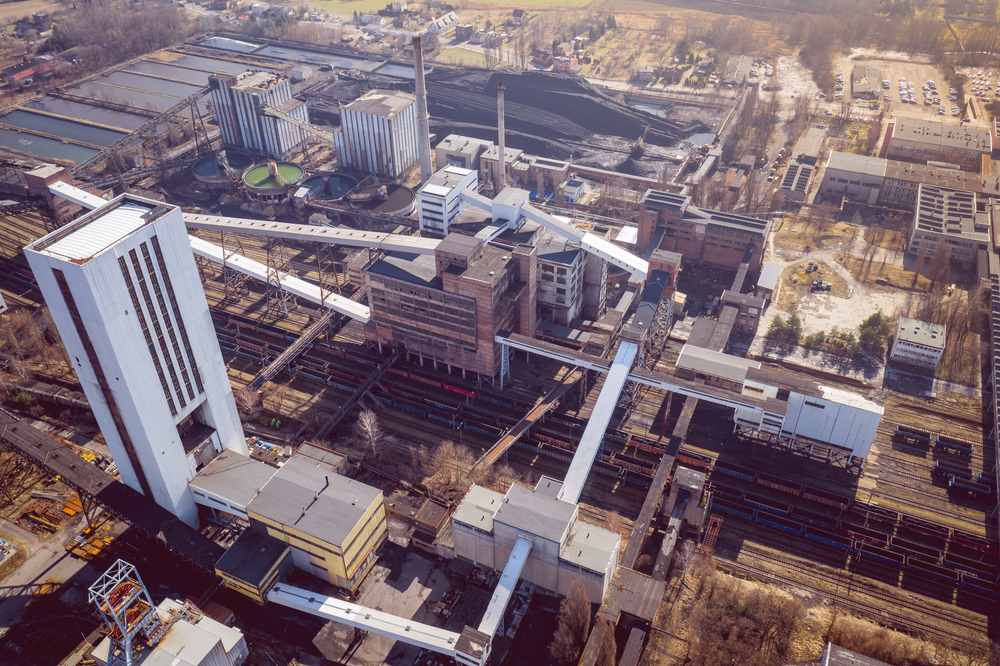
40% of the state’s people live in Anchorage, where rent prices have risen by 17% from 2021 to 2022.
The median price for renting a one-bedroom apartment in Anchorage is $1,187, while two-bedroom apartments rent for $1,557 a month.
Rising rent costs have affected residents across the state, with rent going up by 17.1%.
Other large cities in Alaska have seen similar increases in their rental averages, with monthly rent in Juneau costing $1,295 and Fairbanks rent coming in slightly lower at $1,100.
A typical home sells for around $330,000, a figure that’s expected to continue rising in line with the booming U.S. housing market, as house prices have increased by over 30% just from 2020 to 2022.
Is Alaska richer than other states?
There are affordable places to live in all 50 states, so while Alaska ranks high on the list of wealthiest states, it still has options for families at every price point.
From tight-knit small towns to larger cities, Alaska comes in 10th on the list of richest states altogether.
Alaska has an average annual growth rate of 1.75% and a median household income of $75,463.
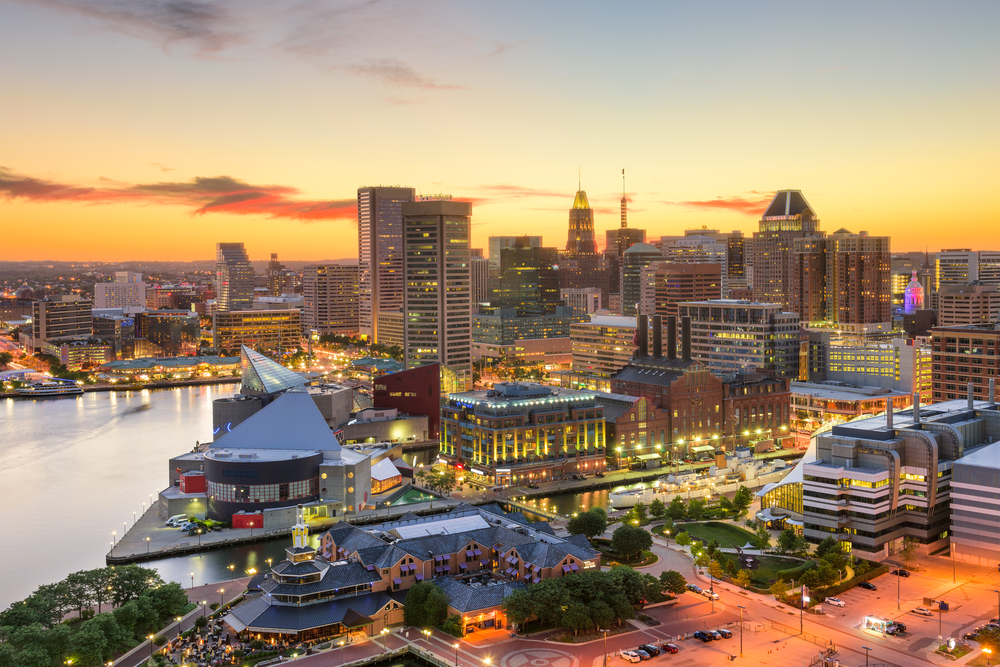
To wrap up, here’s how Alaska compares to the other richest states in the U.S., according to their median household income.
- Maryland – $86,738
- Massachusetts – $85,843
- New Jersey – $85,751
- Hawaii – $83,102
- California – $80,440
- Connecticut – $78,833
- Washington – $78,687
- New Hampshire – $77,933
- Colorado – $77,127
- Virginia – $76,456
- Utah – $75,780
- Alaska – $75,463
- Minnesota – $74,593
With a strong economy and numerous job opportunities, Alaska and its richest cities like Denali and Juneau remain popular with people of all ages who want an Alaskan adventure.

